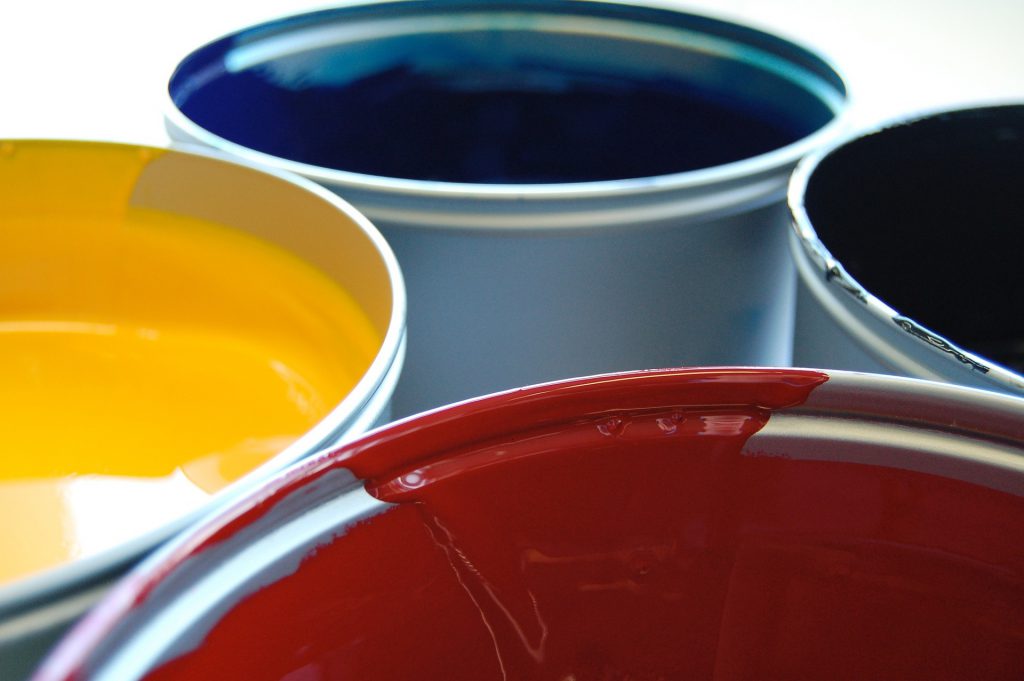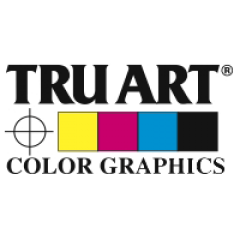
In the world of print, ink is more than just a medium for transferring text and images onto paper; it is a critical component that can determine the final product’s quality, durability, and environmental impact. Over the years, advancements in ink technology have revolutionized the printing industry, offering new possibilities for creativity, sustainability, and efficiency. This article delves into the art and science of ink, exploring key innovations such as eco-friendly and UV inks and their impact on the industry.
The Evolution of Ink Technology
Ink has been a cornerstone of human communication for centuries, evolving from natural dyes and pigments to the sophisticated formulations used in modern printing. Today, ink technology is a dynamic field where science meets art, blending chemistry with design to produce vibrant, durable, and environmentally conscious products.
Traditional inks, often made from petroleum-based solvents, have long been the standard in the printing industry. However, growing environmental concerns and the demand for higher performance have driven significant innovation. As a result, the industry has seen the emergence of eco-friendly inks, UV inks, and other advanced formulations that cater to a wide range of printing needs.
Eco-Friendly Inks: A Sustainable Future
One of the most significant advancements in ink technology is the development of eco-friendly inks. These inks are designed to minimize environmental impact by reducing the use of harmful chemicals and promoting sustainability throughout the printing process.
Soy-Based Inks: Soy-based inks, derived from soybean oil, are one of the most popular eco-friendly alternatives to traditional petroleum-based inks. They offer advantages, including lower levels of volatile organic compounds (VOCs), which contribute to air pollution. Soy-based inks also provide vibrant colors and sharp print quality, making them a preferred choice for environmentally conscious businesses.
Water-Based Inks: Water-based inks are another eco-friendly option, particularly in the packaging and textile industries. These inks use water as the primary solvent, reducing the need for harsh chemicals and making the printing process safer for workers and the environment. Additionally, water-based inks are easier to clean up, reducing waste and the need for toxic solvents.
Plant-Based Inks: Building on the success of soy-based inks, plant-based inks derived from other renewable sources, such as algae and corn, are gaining traction. These inks further reduce reliance on fossil fuels and contribute to the industry’s overall sustainability efforts.
UV Inks: The Future of High-Performance Printing
UV inks represent another significant innovation in ink technology, offering unique advantages in terms of durability, versatility, and print quality. Unlike traditional inks, which dry through evaporation or absorption, UV inks cure almost instantly when exposed to ultraviolet (UV) light. This process, known as “curing,” results in a solid, durable layer of ink that adheres strongly to a wide range of substrates.
Faster Production Times: One of the most notable benefits of UV inks is their rapid curing process, which can significantly reduce production times. Because the ink dries quickly, there is no need to wait for prints to dry before moving on to the next step in the production process. This efficiency can lead to faster turnaround times and increased productivity.
Superior Print Quality: UV inks produce vibrant, high-quality prints with sharp details and rich colors. The instant curing process prevents ink from spreading or bleeding, resulting in crisp, clean lines. Additionally, UV inks are often used on a variety of substrates, including non-porous materials like plastics, glass, and metals, making them ideal for a wide range of applications.
Durability and Resistance: Prints made with UV inks are highly resistant to fading, scratching, and other forms of wear and tear. This durability makes them an excellent choice for outdoor signage, packaging, and other applications where longevity is essential.
The Impact of Ink Innovations on the Printing Industry
The advancements in ink technology have had a profound impact on the printing industry, driving changes in production processes, environmental practices, and the range of services that printers can offer.
Sustainability and Environmental Responsibility: The shift toward eco-friendly inks reflects a broader trend in the industry toward sustainability. As businesses and consumers become more environmentally conscious, the demand for sustainable printing solutions continues to grow. Printers that adopt eco-friendly inks can appeal to this market, positioning themselves as leaders in responsible business practices.
Expanded Capabilities: Innovations like UV inks have expanded the capabilities of printers, allowing them to offer a wider range of services. From high-quality packaging and labels to durable outdoor signage, these advanced inks enable printers to meet the diverse needs of their clients and explore new markets.
Cost Considerations: While advanced inks, such as UV inks, may have a higher upfront cost, their benefits often outweigh the expense. Faster production times, reduced waste, and superior print quality can lead to cost savings overall. Additionally, the growing popularity of eco-friendly inks is driving down costs, making sustainable printing more accessible to businesses of all sizes.
Conclusion
The art and science of ink are at the heart of modern printing technology, and recent innovations have transformed the industry in remarkable ways. From the development of eco-friendly inks that promote sustainability to the introduction of UV inks that enhance print quality and durability, these advancements offer new opportunities for printers and their clients.
As the printing industry continues to evolve, the role of ink will remain central to its progress. By embracing these innovations, printers can not only improve their products and services but also contribute to a more sustainable and efficient future for the industry.
At Tru Art Color Graphics, we are committed to delivering high-quality print solutions that are both innovative and environmentally conscious. That is why we utilize both soy-based inks, known for their vibrant colors and eco-friendly properties, and UV inks, which offer superior durability and print quality. By combining these advanced ink technologies, we ensure that our customers receive printed materials that not only look great but also align with sustainable practices.
#PrintTechnology #InkInnovation #EcoFriendlyPrinting #UVInks #SustainablePrinting #PrintIndustry #CommercialPrinting #AdvancedPrinting #PrintQuality #PrintingSolutions

